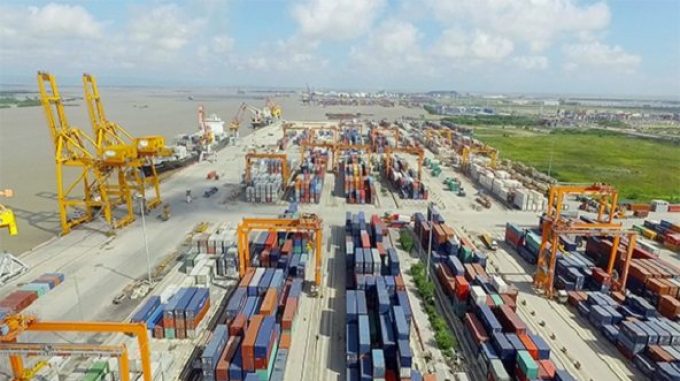2025 will be 'quite a ride' – but logistics will 'again prove its value'
With tariff-induced transport shifts set to cause supply chain complexity, 2025 “is going to be ...

The first deepsea container terminal in north Vietnam has opened for business.
Capable of handling 14,000 teu vessels, the Haiphong International Container Terminal (HICT) could see the port serving the booming industrial region receiving mainline calls for the first time.
Around 130km from Hanoi, the port of ...


Comment on this article